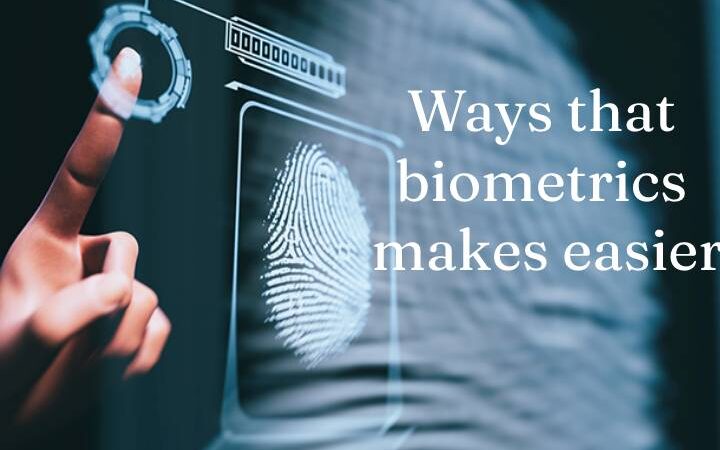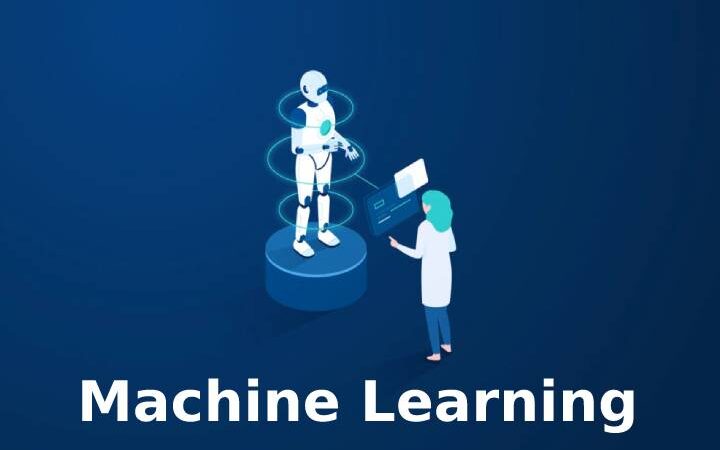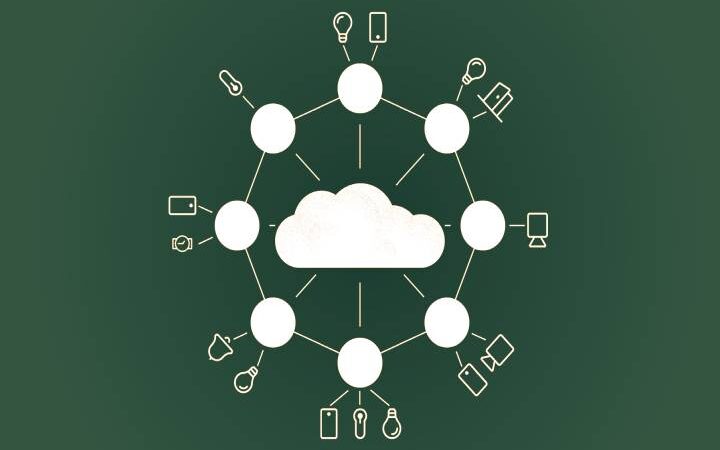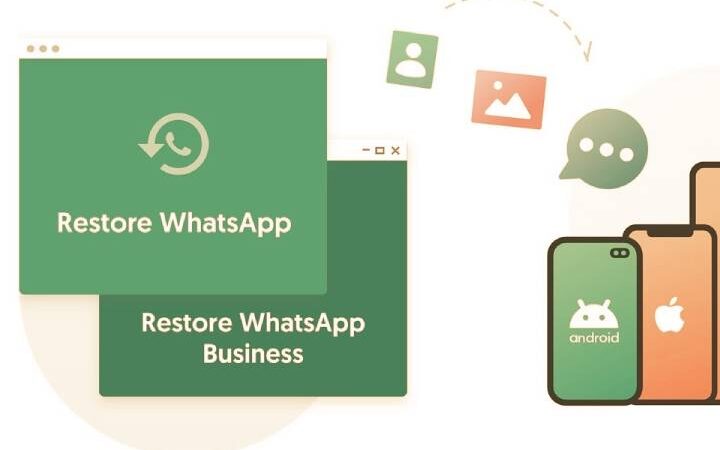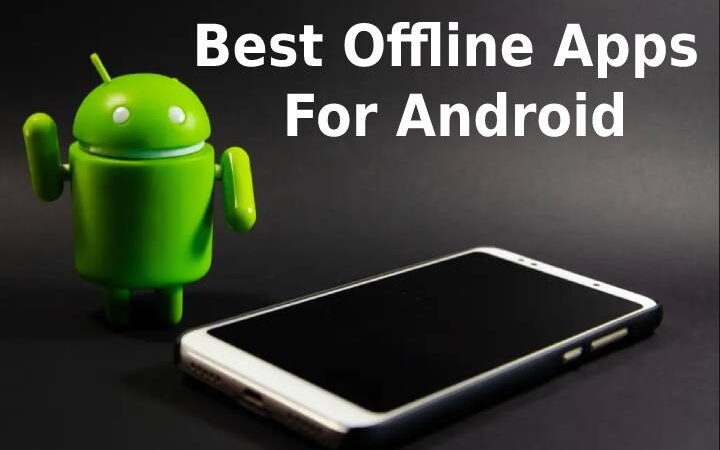Ways To 5G Could Transform Technology

5G is the hottest buzzword in the telecom industry right now, and the first 5G mobile devices may be used in the US and South Korea while other countries prepare to support the new standard. Be that as it may, 5G doesn’t simply mean quicker video downloading for your telephone. Here’s how next-generation connectivity could change other aspects of our lives, both early on and in the long run.
Real-time entertainment
Download speeds of 1Gb per second (or more) will be a game-changer in the age of instant gratification for downloading and streaming. Waiting for a video to the buffer will one day be a distant technological memory akin to the characteristic modem shriek of yesteryear. Watching YouTube or Netflix with your mobile data is something we’re used to now, but 5G could power the next level of streaming: gaming.
5G is ultra-low latency, which means a stronger and more reliable connection that could enable instant streaming of AAA games with high-fidelity graphics, complex environments, and flip-shooting action. Have you downloaded an AAA game lately? Depending on your home connection, it may take a couple of days.
Meanwhile, Google’s proposed Stadia service promises high-end gaming on demand when a link, ad, or YouTube video is clicked, plus it’s instantly shared. 5G speeds won’t be strictly necessary to stream a game; it would certainly help achieve quality and responsiveness that could give consoles and PCs a reason to worry.
Virtual and augmented reality
On the other hand, I enjoy immersive VR experiences in a rather clunky headset that has to be attached to my bulky gaming PC. All good, but that’s not the dream of science fiction. Devices like the Oculus Quest and Magic Leap One may offer untethered entertainment, but they ask you to carry a small computer on your face or in your back pocket. Hardly a device that will always be at hand (or in the eyes?) like our smartphones.
5G could eliminate the need for that tiny computer, allowing smart AR goggles or ultralight VR headsets, or even XR devices that can adjust between full and semi-immersion, to scale down and become something the people want to use. And with less expensive hardware onboard, the potential of AR glasses could be unlocked thanks to the ability to stream AR graphics content and perform gaze tracking faster and easier.
That’s more than a few years later. But for now, HTC is ready to offer low-latency VR streaming in the home using its 5G Hub. In the long term, the rapid flow of large amounts of wireless data could be vital to establishing a pervasive visual Internet to interact with through AR.
Accelerated AI and robotics
For AI agents and intelligent devices to work, they need to process a large amount of information, not just during operation. This additionally applies to preparing information for brain organizations. A lot of data is required in order to improve navigation in real space, image recognition, and learning the nuances of language and conversation. In short, this could speed up the development of intelligent cars, autonomous robots, and everything bright due to faster learning.
With 5G enabled, voice assistants like Google Assistant or Alexa will also be able to run through scenarios and calculate probabilities much faster, leading them to handle more complex tasks and make more accurate predictions. These virtual assistants don’t have any brains on board. Instead, they send requests and receive responses from Google or Amazon servers. The faster and more often various smart home and IoT devices can send and retrieve data, the more responsive and capable they will be.
This also applies to industrial robots and autonomous tools that will operate faster and more reliably away from human supervision, potentially in hazardous areas, sending up-to-date data for onboard AI tasks or status reports on whether they need repairs. For example, think of automated delivery robots, which can currently only travel short distances.
Grid portions and intelligent city
Innovative home technology may be all the rage, but high-speed wireless data has great potential in the public sphere and our homes. The 5G network can enable our cities to become innovative through network slicing. A single physical network can be divided into multiple virtual networks, each with its purpose and priority.
These slices or outages can function independently of each other and will not be affected if one becomes overloaded or goes out. For example, in a disaster, the emergency services network will not slow down because everyone is calling or texting their loved ones or sharing them on social media.
Various aspects of city management can also be more connected and managed by network outages, allowing more brilliant operation based on wireless communication with different sensors without relying on the entire bandwidth spectrum of a single network. Net. Just a few examples:
- Intelligent street lighting could monitor the movements of mobile devices and connected vehicles around the city to adjust lighting and brightness based on the density of nearby users, saving energy and allocating resources more efficiently.
- Sensors in dumpsters can communicate in real-time with collection services, directing them to stop where the need is greatest.
- Parking spaces can be equipped to notify drivers (or smart cars themselves) of available parking spaces, saving time, fuel, and stress.
From an environmental perspective, a smart city that dynamically uses dedicated grid outages to manage energy-intensive activities like traffic lights could lead to a much less wasteful future. The 5G and network portions would allow this project to run smoothly without interfering with citizens’ mobile data.
Low latency, long battery life
On the surface, Mundane claims that 5G will enable longer battery life in our devices seems the most outlandish, if only because we’ve gone so long without fundamental improvements in battery life in mobile technology. Even as charging gets faster, the batteries can barely keep up with modern smartphones. And our smartphones and other devices connected to 5G will not continue to consume electricity? There’s no way to avoid it.
However, there is a method to avoid the madness, as outlined by Verizon chairman and former CEO Lowell McAdam. Imagine a future where you only have to charge your phone once a month. In a panel discussion at a technology conference, McAdam stressed that the main added value of 5G networks will not be high download speeds, but the main point is “dramatically lower latency.”
This advantage could lead to an IoT that could hold a charge for 10 years, or to ultralight phones only having to plug in for a charge once a month. Most of the real computing power housed in our mobile devices will now be less needed and moved to the edges of the network, so the devices themselves will not only have more room for a larger battery, but the battery itself will have fewer demands on it.

